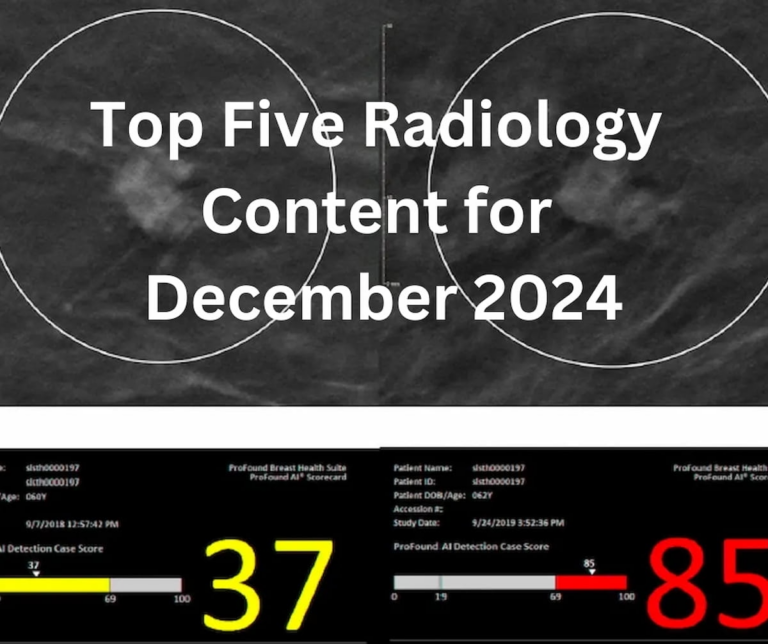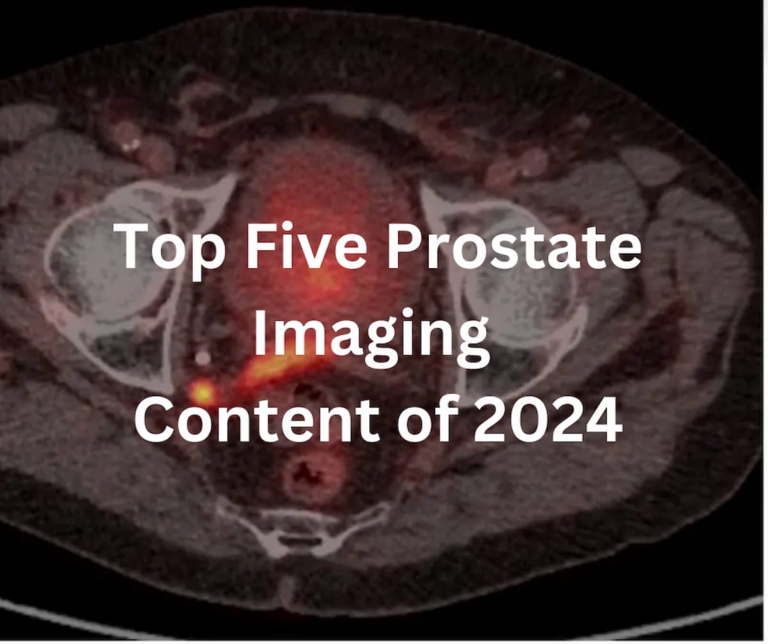
Recent findings suggest that what was once considered mere background interference—slow, aperiodic activity in magnetoencephalography (MEG)—may now be a vital clinical marker for assessing concussions, especially in high school football players. This revelation is set to be shared at the upcoming conference organized by the Radiological Society of North America (RSNA).
In the study at hand, researchers conducted MEG assessments both before and after the football season for 91 high school players. Alongside this, evaluations using the Post-Concussive Symptom Inventory (PCSI) were also utilized. These evaluations allowed the researchers to make some crucial observations pertaining to concussions.
The findings revealed that an increase in aperiodic exponents within the superior-frontal cortices could be linked to concussions. Additionally, football players demonstrating higher post-concussion symptoms were found to have a slowdown in this aperiodic activity.
Kevin C. Yu, the study’s lead author, highlighted the pivotal role of magnetoencephalography in identifying such alterations. According to Yu, MEG offers a remarkable blend of spatial and temporal precision, enabling the observation of brain activities in real-time. This precision is crucial when assessing arhythmic brain signals and determining their origin, especially essential when analyzing the effects of concussions on targeted brain regions. Yu, a neuroscience student at Wake Forest University School of Medicine, emphasized this while discussing the study.
Historically, Yu pointed out, aperiodic features were largely dismissed in brain scans, seen as irrelevant noise. However, there’s now a renewed focus on how these features relate to concussions. This shift in perspective may pave the way for enhanced understanding of these signals and their alterations in terms of neurophysiology.
The increasing interest in aperiodic activity highlights a broader trend in neuroscience to reconsider previously overlooked aspects of brain function. Yu expressed enthusiasm for the potential research opportunities arising from this development.
For further information about the RSNA conference and related research, various resources are available. These include MRI studies detailing significant brain changes in young football players and a look at the impacts of repetitive head hits. Additionally, advancements in magnetic sensor technology may better capture weak brain waves, improving diagnostic capabilities going forward.


